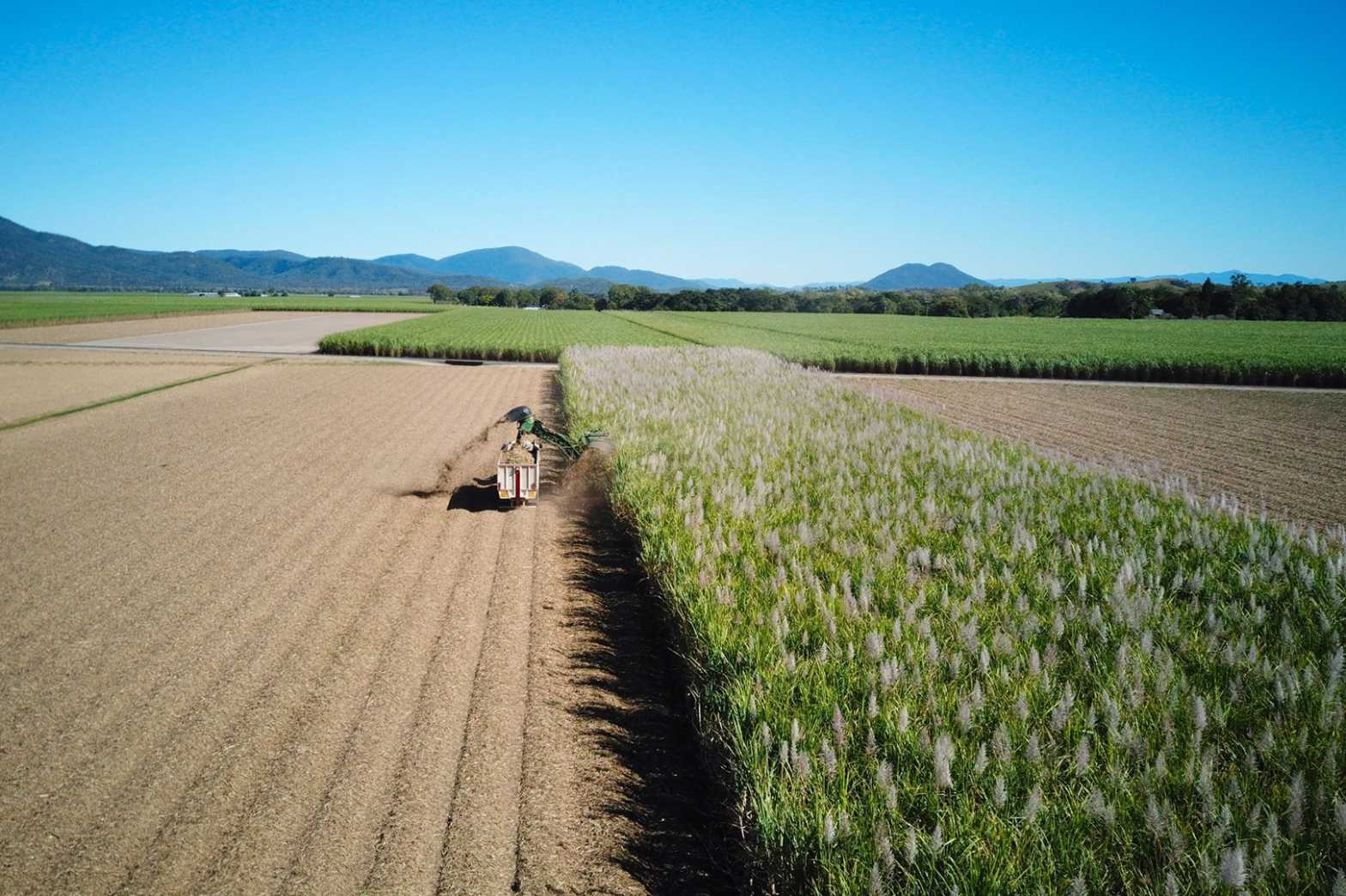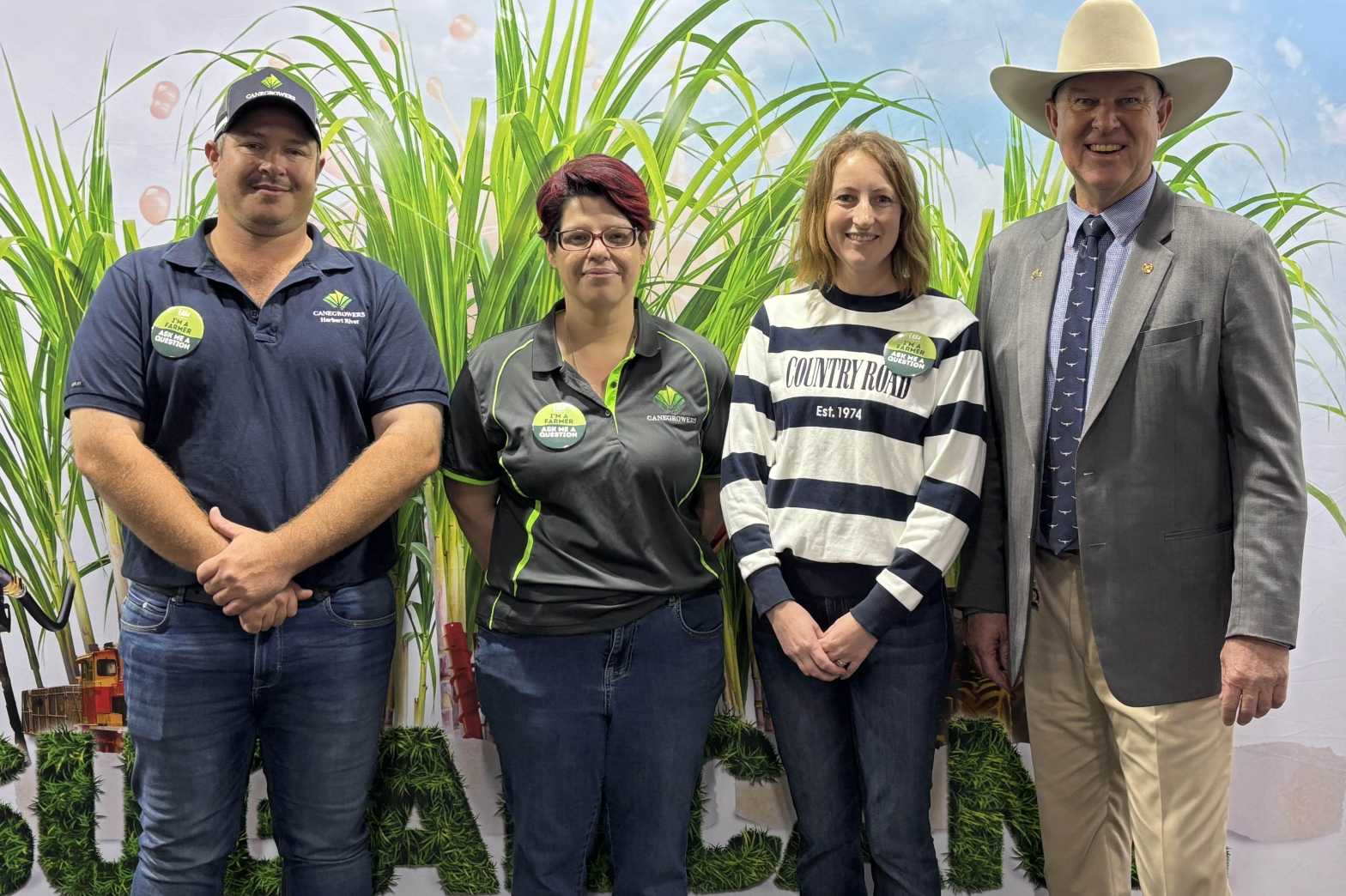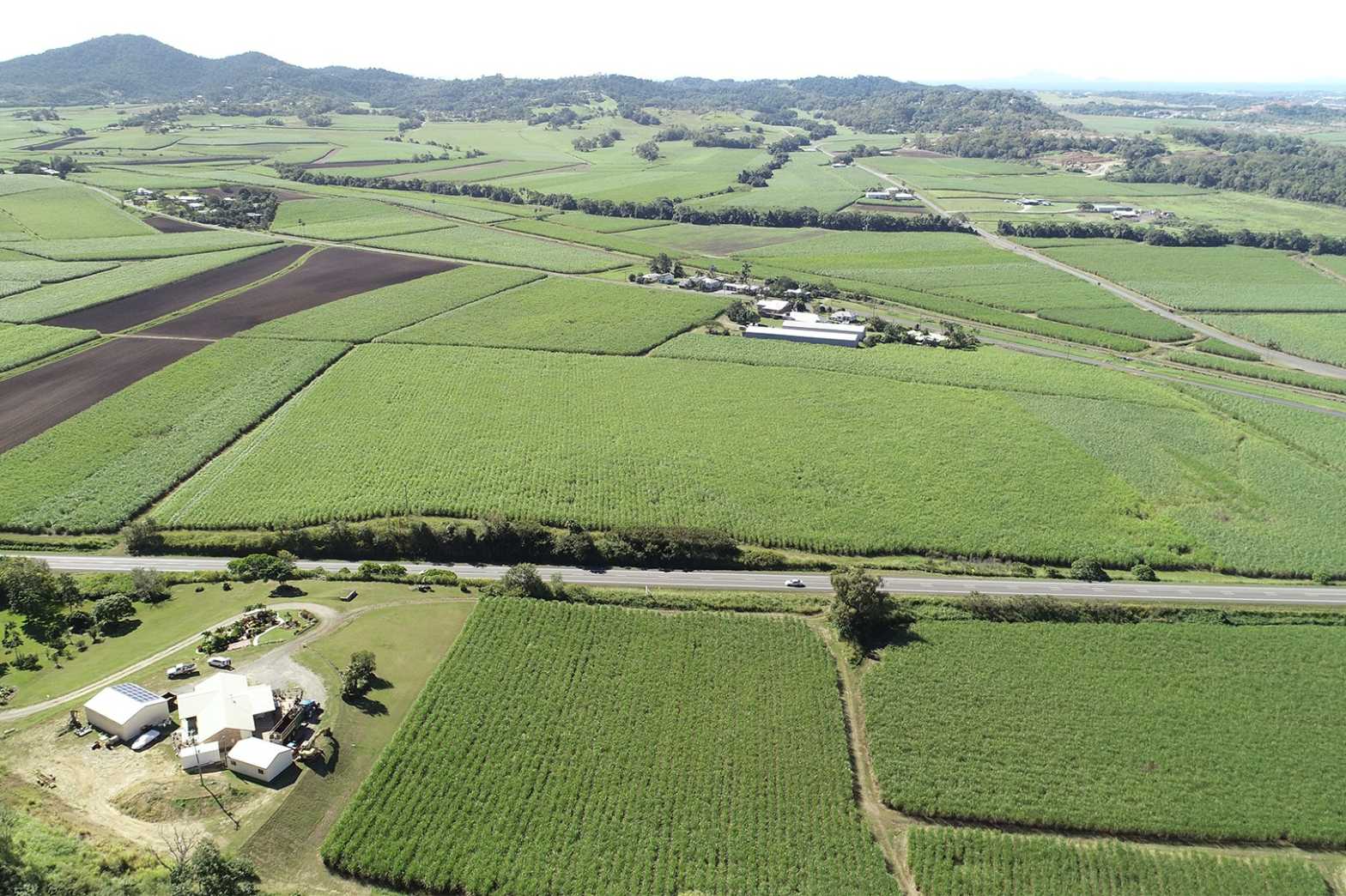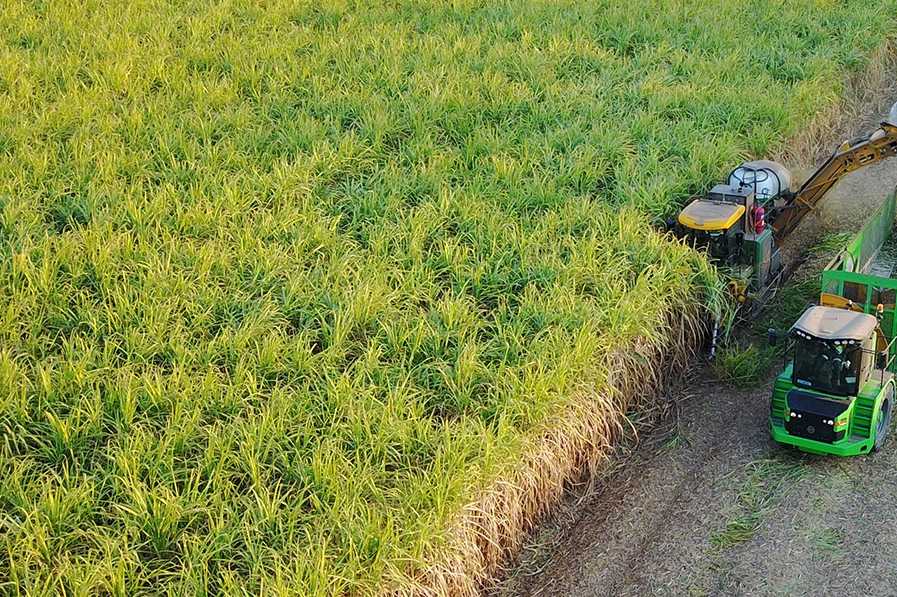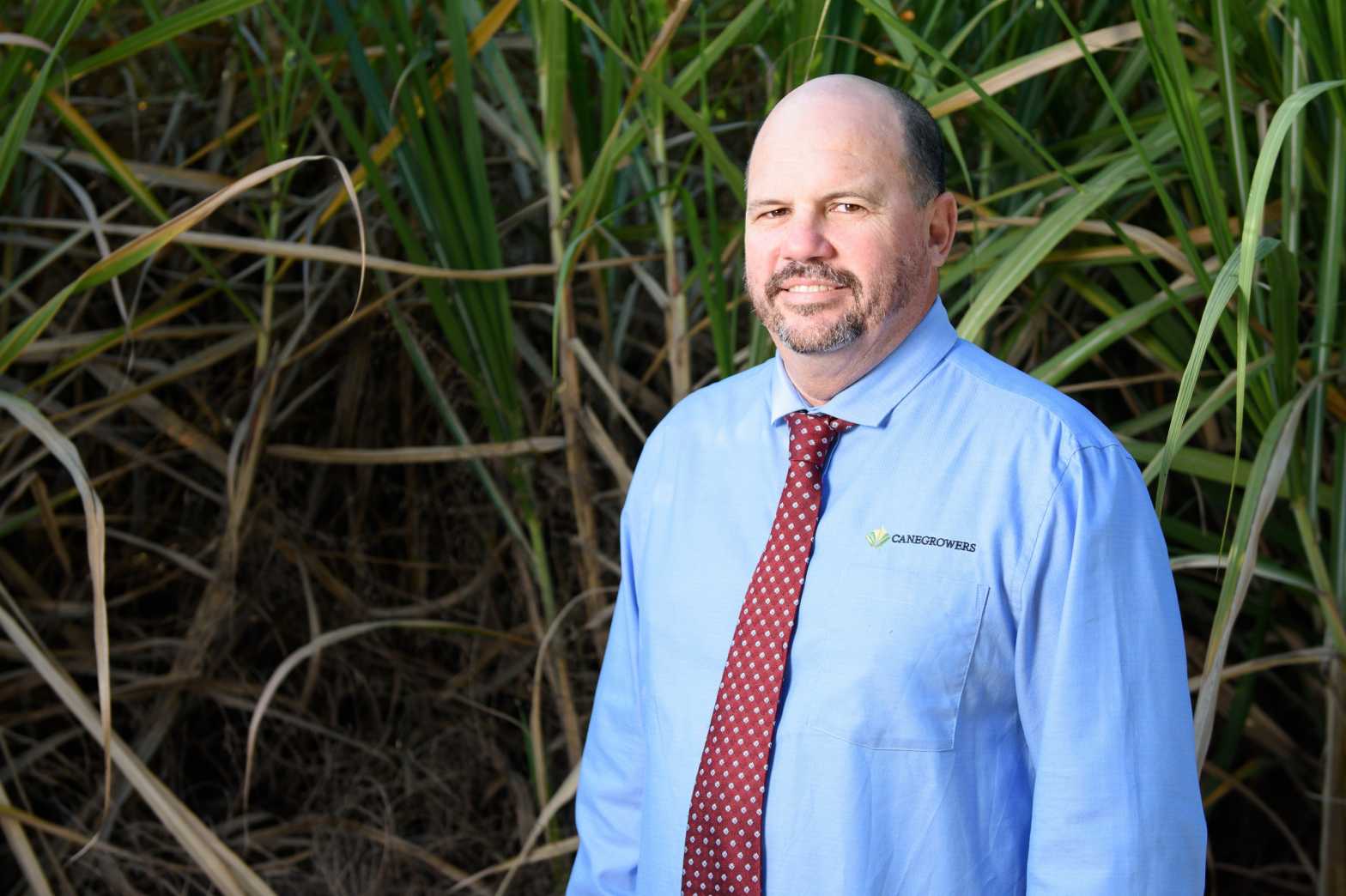It’s been a big week in cane country. Harvesters are up and running in the Tableland and Bundaberg districts, marking the start of the 2025 crush.
For growers, there’s nothing quite like seeing the first cane bins filling up – it signals a new season, a fresh start, and hope for better days after a challenging run last year.
Across the rest of Queensland, farms are almost ready. Growers are fine-tuning gear, checking fields, and waiting for their local mills to fire up.
No matter where you are, there’s a shared sense of anticipation and relief to be getting on with it.
Last season was one of the most difficult in recent memory. Wild weather, breakdowns, and industrial action delayed the harvest so long that some districts were still cutting in January.
By the time it was over, about a million tonnes of cane had been left in the paddock – not for lack of effort, but because the system simply didn’t hold up.
But cane farmers are a resilient bunch. We’ve done what we always do – rolled up our sleeves and got back to work. We've replanted, repaired and prepared. And now we’re ready to go again.
The forecast for this year is about 28.5 million tonnes of cane across 13 growing regions.
That’s a little lower than last year, mostly due to the recent widespread flooding across North Queensland – especially around the Herbert River district – which destroyed large areas of cane.
Even so, the mood among growers is cautiously optimistic. We’ve done our bit. Now we’re relying on the mills, the weather, and the supply chain to help turn that hard work into returns.
That won’t be easy. Labour shortages are still hitting hard. Skilled workers – from harvester drivers and haulout operators to mill staff – are in short supply.
And it’s not just sugarcane – agriculture right across the board is feeling the pinch.
That’s why CANEGROWERS is working with our local offices and the Queensland Farmers’ Federation to help address the shortage. Because no matter how good the crop looks, it doesn’t mean much if we don’t have the people to move it.
Last week also gave us the chance to keep up our pressure on the government in another critical area – disaster support.
Queensland’s Minister for Primary Industries, Tony Perrett, visited Ingham for the Link2Country Expo and a Community Cabinet meeting. While there, he met with growers still dealing with the impacts of the summer floods.
We made our position clear – disaster support needs to reflect the way farming works in 2025.
Right now, some growers are being ruled out of disaster funding because they earn part of their income from agricultural support services – things like planting or harvesting for other farms. But that’s still farming. And it’s often what helps keep smaller operations afloat.
After the floods, this issue hit home hard. Some farmers were denied help simply because their income didn’t fit the current rules.
That’s why CANEGROWERS, alongside the QFF, is fighting to modernise the rules under the Disaster Recovery Funding Arrangements. The system needs to catch up with the reality on the ground and make sure no grower is left behind when disaster strikes.
We’re grateful the Minister took the time to visit and listen. But now we need more than goodwill – we need action.
As crushing ramps up across the state, we’re keeping our eyes on more than just the crop.
We’re focused on securing the long-term future of this industry – one where growers are backed by fair systems, strong support, and a shared belief in the value of what they do.
Here’s to a smoother season ahead and a fairer go for every grower who puts in the hard yards.
